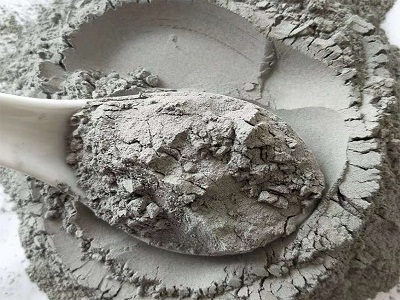
fly ash powder
Fly ash, a byproduct of coal combustion in power plants, is increasingly recognized as a valuable material in various industries, particularly in construction and infrastructure. This fine, powdery substance is created when coal is burned at high temperatures, resulting in the production of small spherical glassy particles. Once collected, fly ash can be recycled and used to enhance the properties of concrete, asphalt, and other building materials.
One of the primary benefits of using fly ash in construction is its ability to improve the strength and durability of concrete. When mixed with cement, fly ash not only enhances workability but also contributes to a more sustainable approach to construction. By partially replacing Portland cement with fly ash, builders can reduce the carbon footprint associated with concrete production, as cement manufacturing is responsible for approximately 7% of global carbon dioxide emissions.
Moreover, fly ash serves as a pozzolanic material, which means it reacts with calcium hydroxide in the presence of water to form compounds that strengthen concrete over time. This reaction not only improves the compressive strength of concrete but also offers increased resistance to environmental degradation, such as sulfate attack and alkali-silica reaction. Consequently, structures made with fly ash-infused concrete often have longer lifespans, requiring less maintenance and resulting in lower lifecycle costs.
fly ash powder

In addition to its applications in concrete, fly ash can also be used in the production of lightweight aggregates, soil stabilization, and even in the manufacture of bricks and tiles. Its pozzolanic properties make it suitable for various civil engineering applications, thereby promoting sustainable construction practices by reducing the reliance on natural resources.
However, the use of fly ash is not without its challenges. Concerns have been raised regarding the variability in the composition of fly ash, which can affect its performance in different applications. Additionally, the environmental concerns associated with heavy metals potentially present in fly ash necessitate careful monitoring and management practices.
In conclusion, fly ash powder presents a remarkable opportunity for the construction industry to move towards more sustainable practices while enhancing the performance of materials
. As more stakeholders recognize the benefits of this byproduct, it is likely that the demand for fly ash will continue to grow, paving the way for innovative solutions that capitalize on its unique properties. By embracing fly ash, the industry not only addresses waste management issues but also contributes to the development of greener, more resilient infrastructure.Share
-
Fly Ash Solutions Enhanced by GPT-4 Turbo | Sustainable InnovationNewsAug.01,2025
-
Natural Premium Bentonite Cat Litter - Superior ClumpingNewsJul.31,2025
-
Premium Resin Coated Sand - High Heat Resistance CastingNewsJul.31,2025
-
High Quality Silicon Carbide Grit for Abrasive ApplicationsNewsJul.30,2025
-
High-Quality Ceramsite for Plants & Gardening | Lightweight PebblesNewsJul.29,2025
-
Premium Burgundy Glass Marbles for Vases & Shooter GamesNewsJul.29,2025






